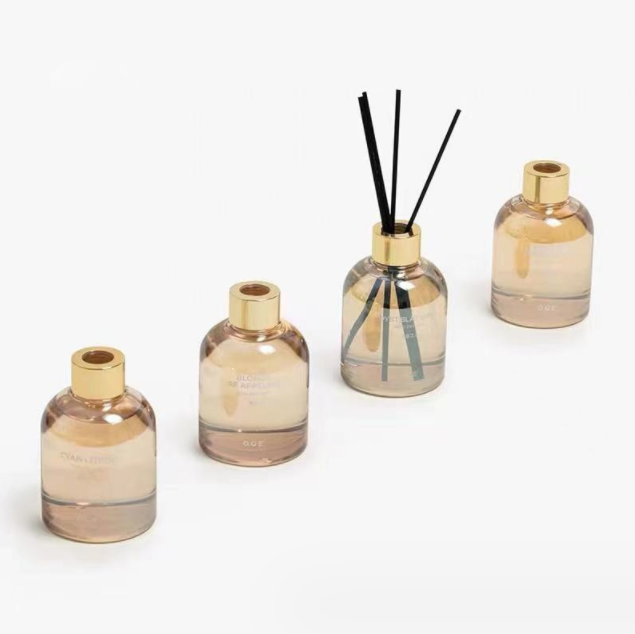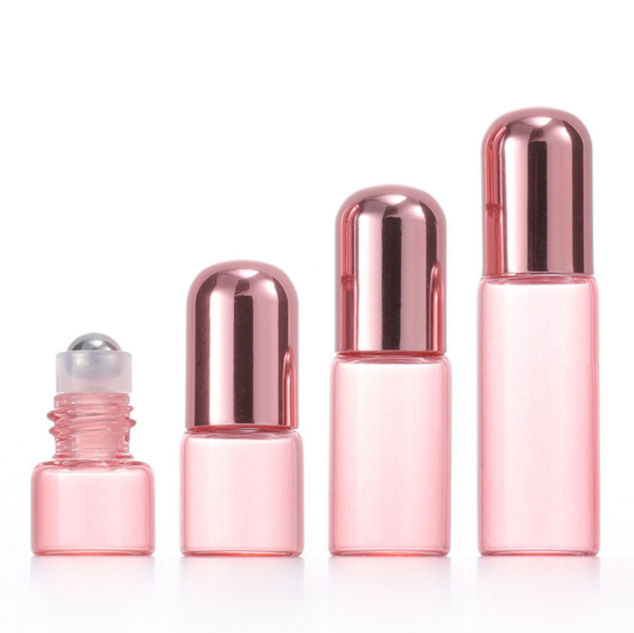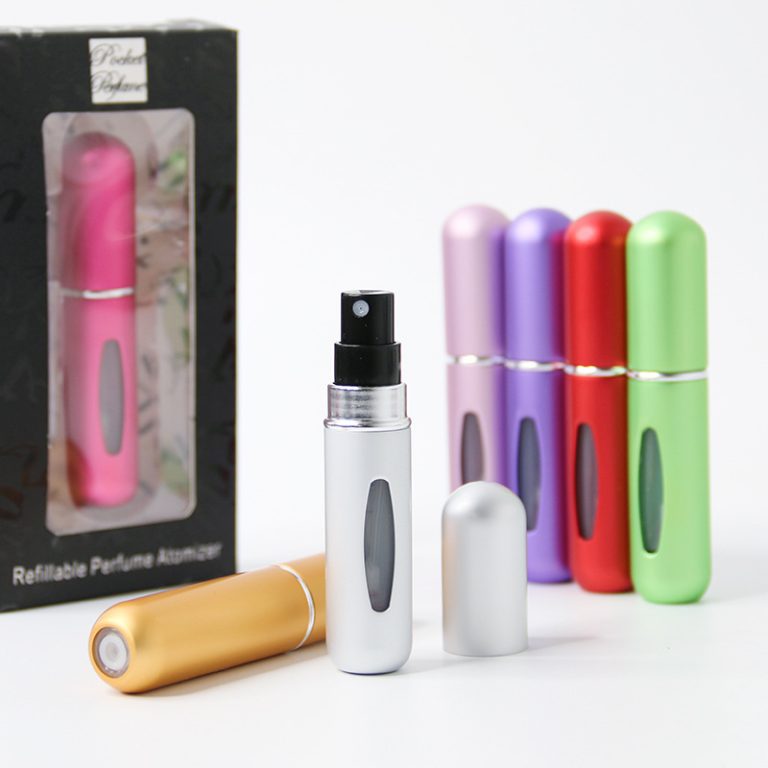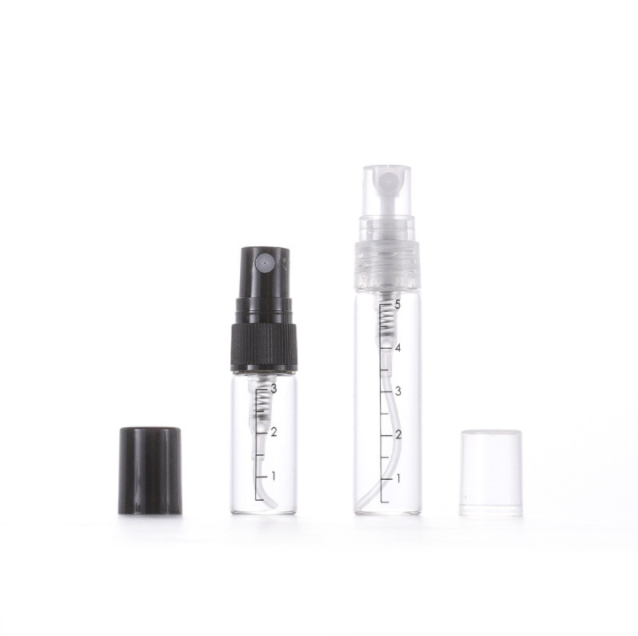Jaký je proces tepelného ohýbání skla?
The thermal bending process is a technique used to reshape glass sheets or glass components by heating them to a specific temperature and then allowing them to cool or be manipulated into a desired shape. This process is commonly used in industries such as automotive, architecture, and manufacturing to create curved or bent glass for various applications, such as car windshields, architectural windows, and decorative glass.
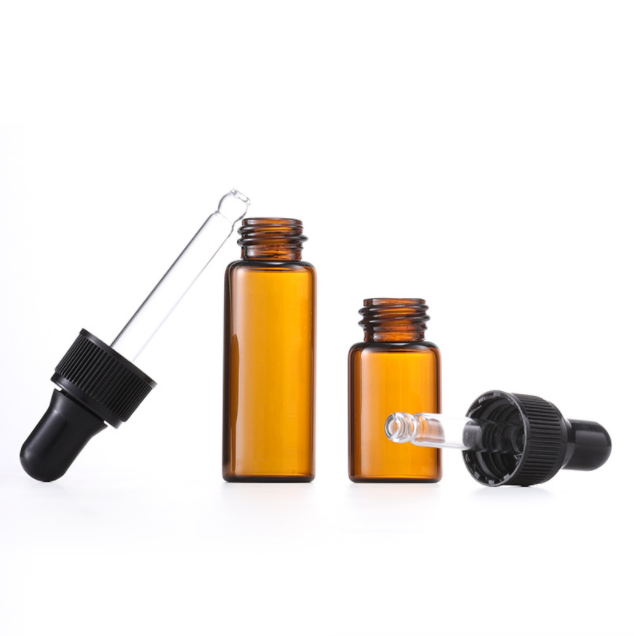
Here’s an overview of the thermal bending process of glass:
1. Selection of Glass: The first step is to choose the appropriate type and thickness of glass for the desired application. The type of glass used can vary, including float glass, tempered glass, or laminated glass, depending on the specific requirements for strength, safety, and appearance.
2. Cutting and Shaping: Before the thermal bending process, the glass may be cut into the desired shape and size using standard glass cutting techniques. This can include straight cuts or rough shaping, depending on the final design.
3. Edge Polishing: The edges of the glass may be polished to ensure a smooth finish and to remove any sharp edges that could pose a safety hazard.
4. Heating: The glass is then placed in an oven or furnace designed for thermal bending. The temperature and heating duration depend on the type and thickness of the glass. Typically, temperatures range from 600°C to 700°C (1112°F to 1292°F) for most glass types. The glass is heated until it reaches its “softening point,” where it becomes pliable but does not liquefy.
5. Shaping and Bending: Once the glass reaches the softening point, it can be shaped or bent into the desired form. This can be done using molds, gravity, or other mechanical means, depending on the complexity of the bend. The glass retains its new shape as long as it is held at the appropriate temperature.
6. Annealing: After shaping, the glass is gradually cooled down in a controlled manner through a process called annealing. This prevents internal stresses and ensures the glass retains its structural integrity. The cooling process typically takes place in a controlled environment within the oven or furnace.
7. Quality Control: The bent glass is inspected for any defects, such as surface irregularities or distortion, and any necessary adjustments or corrections are made.
8. Final Processing: After cooling and inspection, additional processes such as further cutting, polishing, or laminating may be performed as needed to meet specific requirements.
The thermal bending process allows for the creation of curved and bent glass pieces with precise shapes and dimensions. It is essential to use caution and follow strict quality control measures during the process to ensure the glass’s safety, structural integrity, and optical quality.



